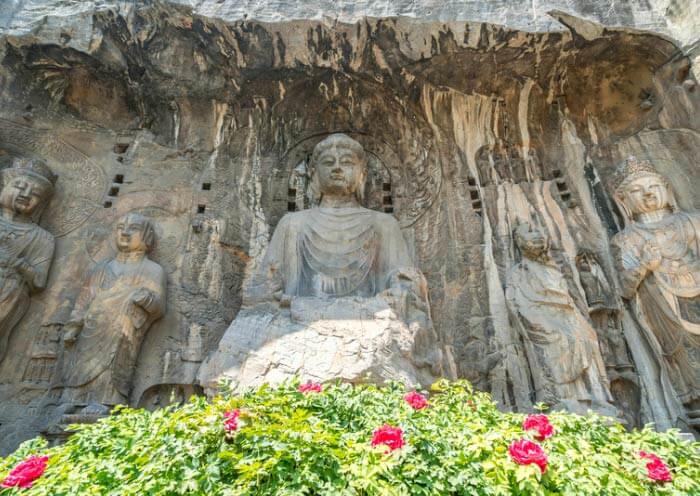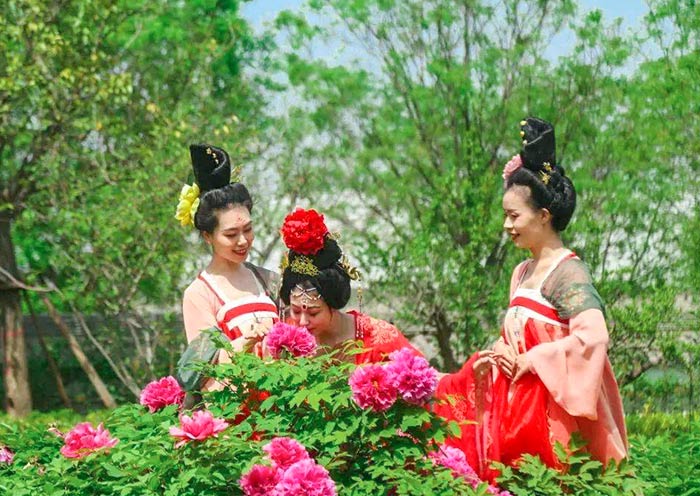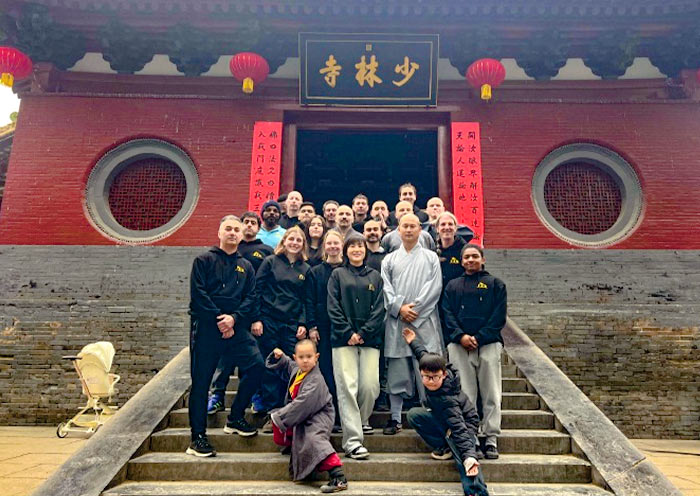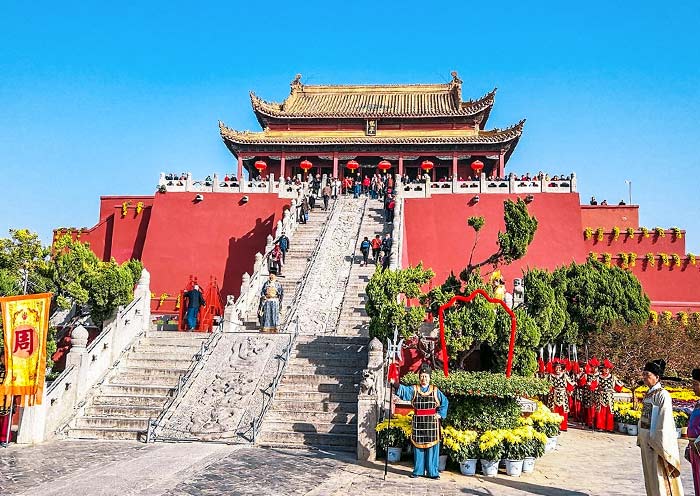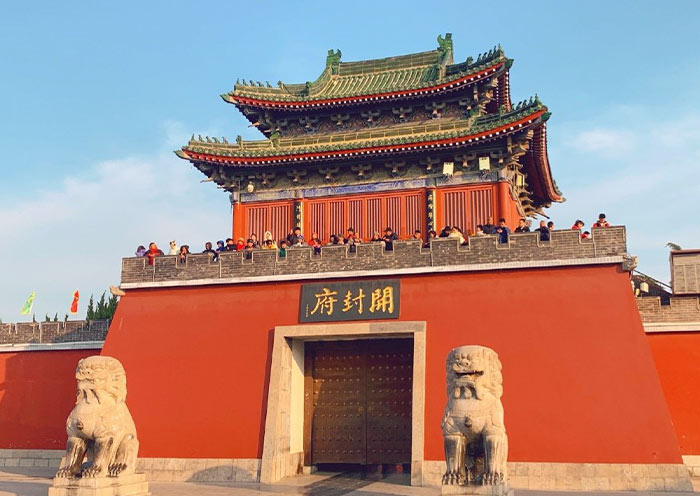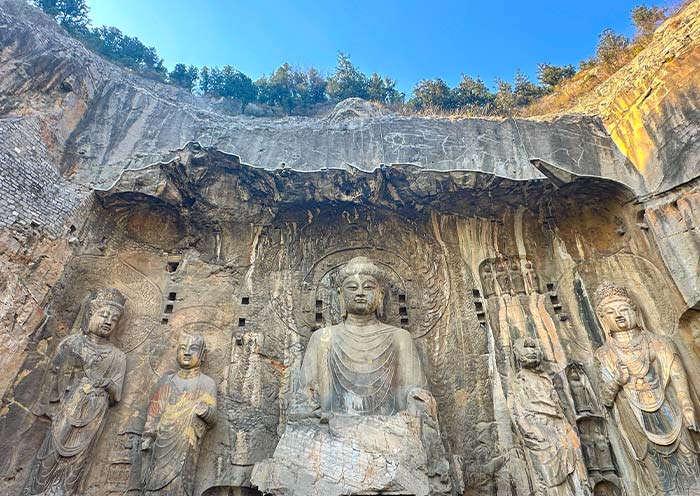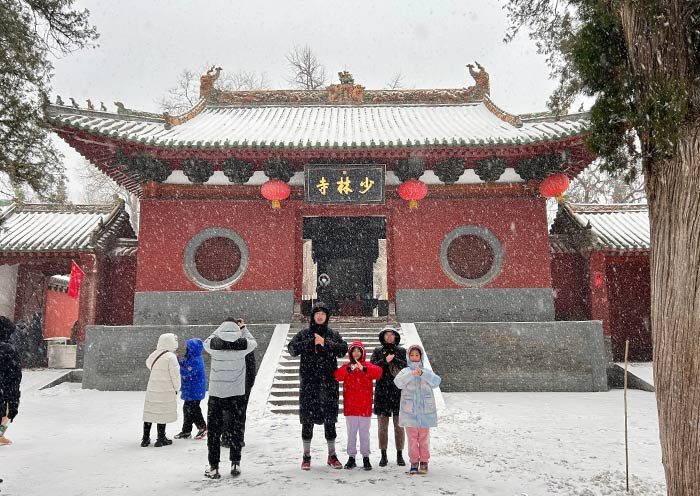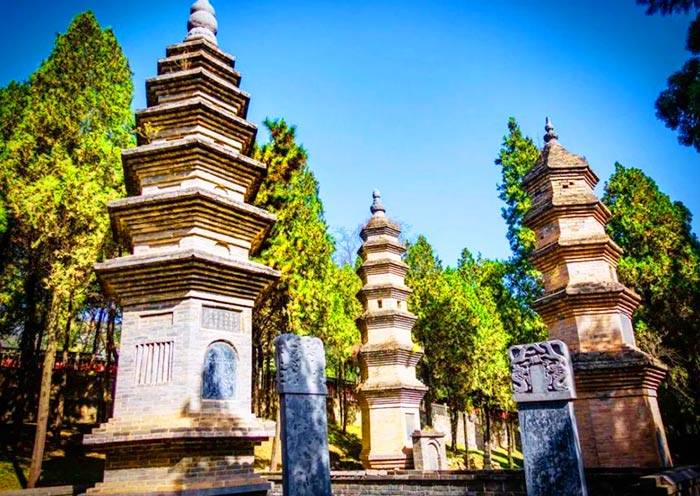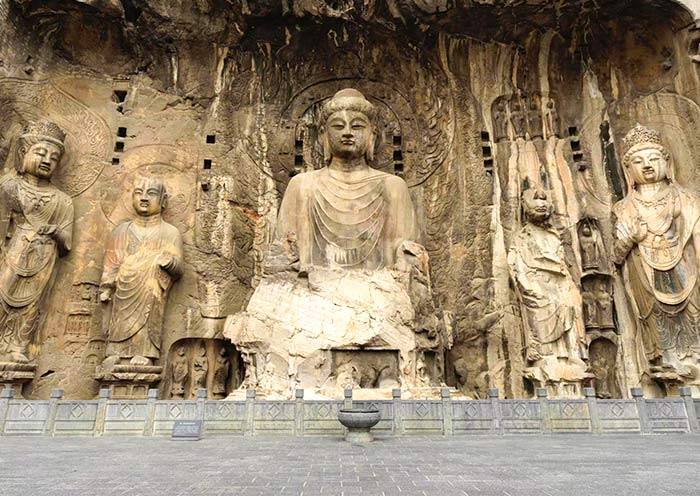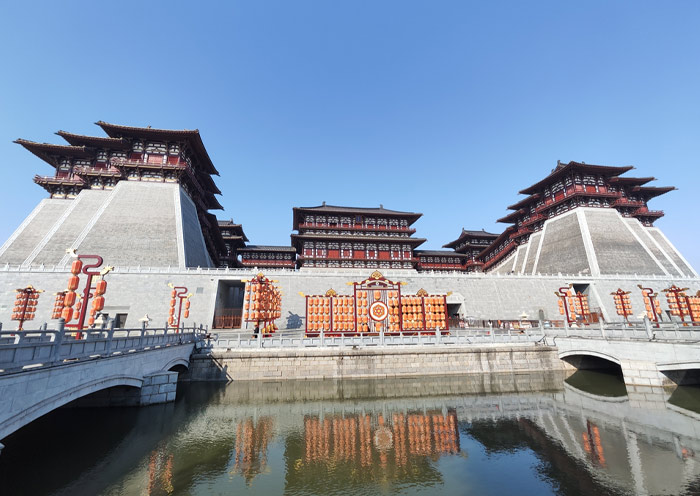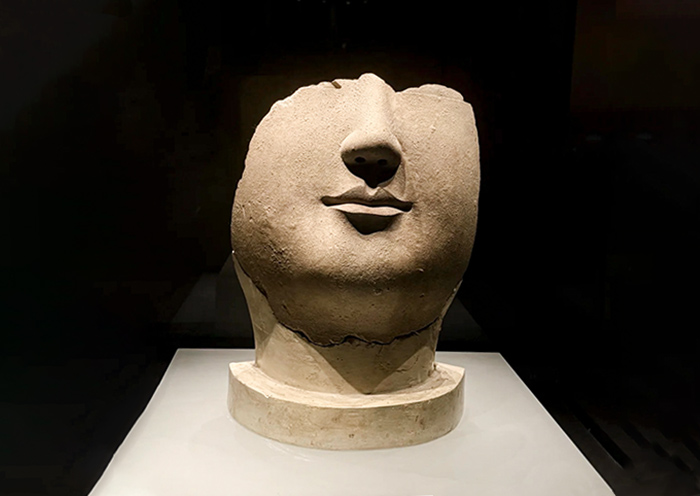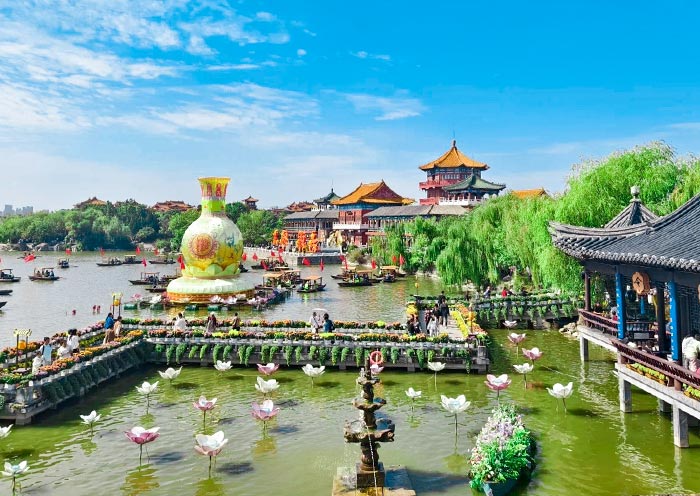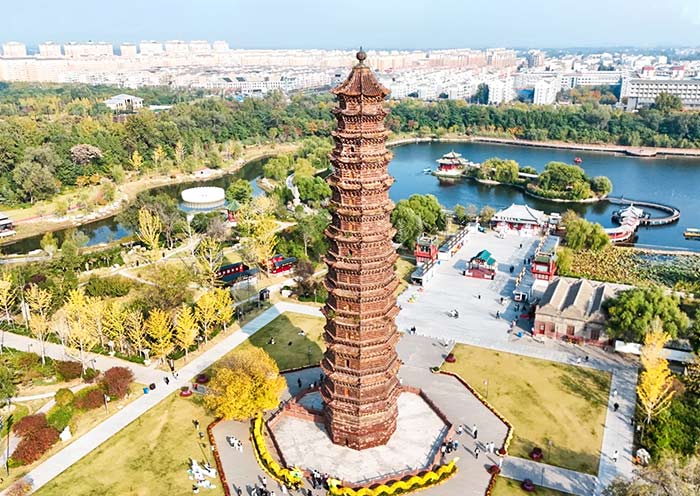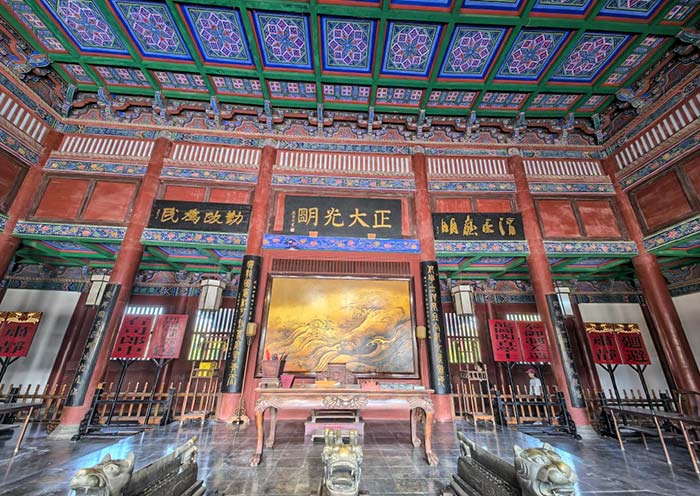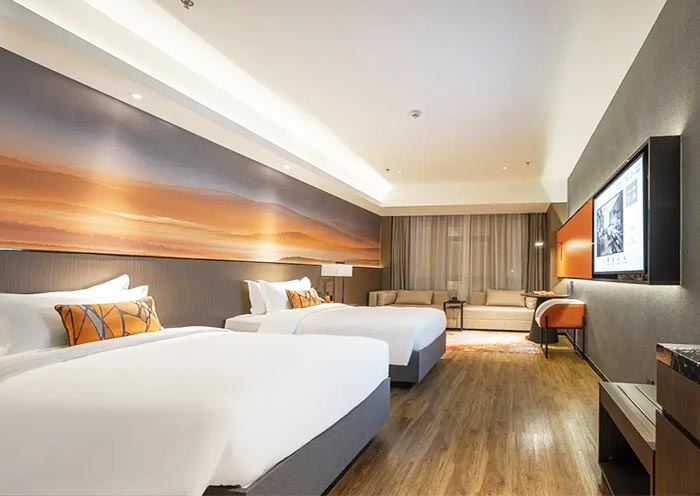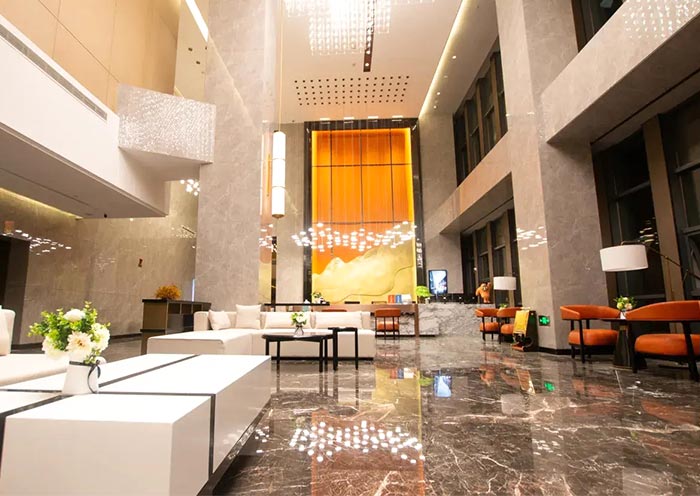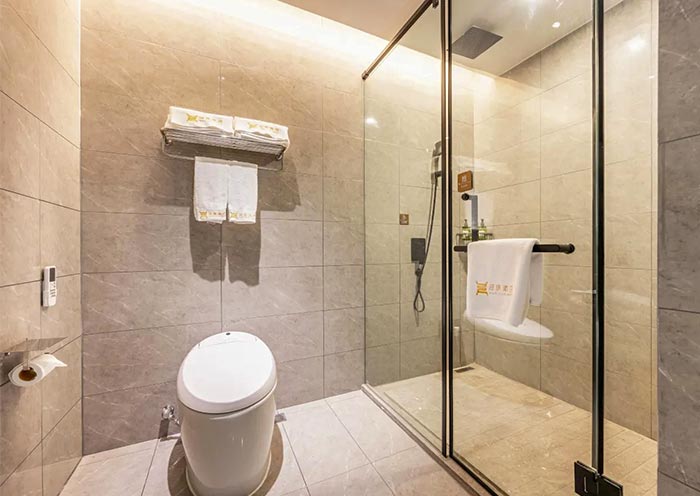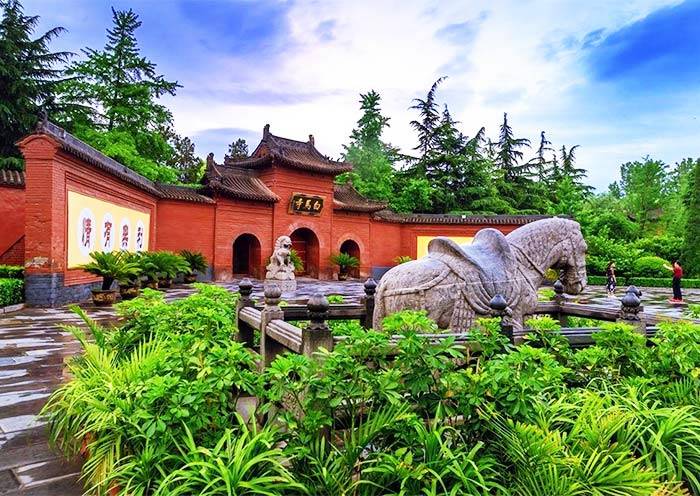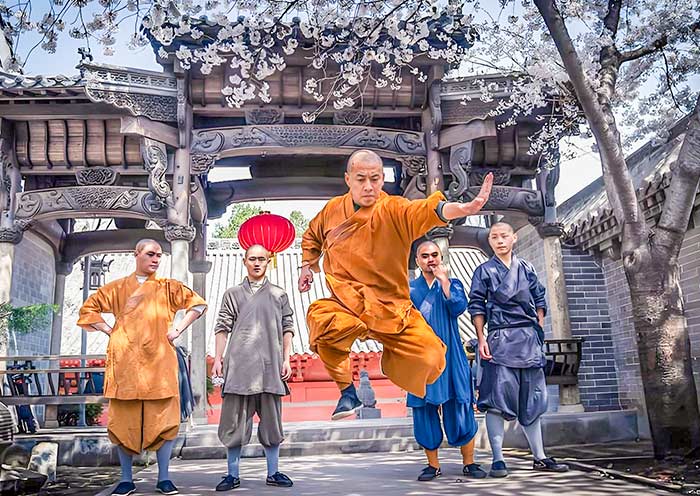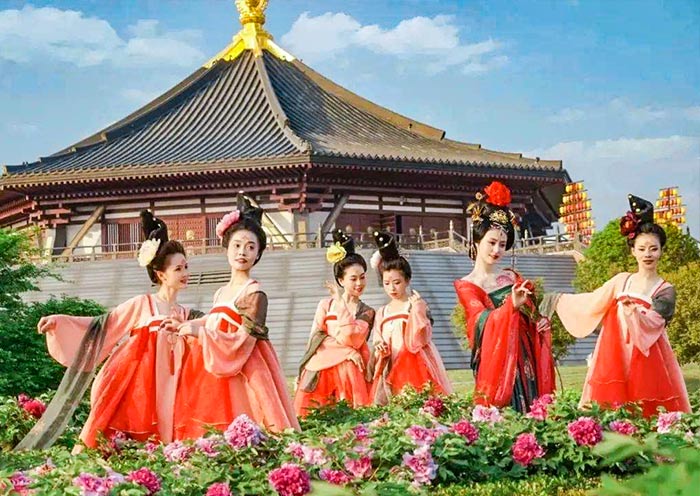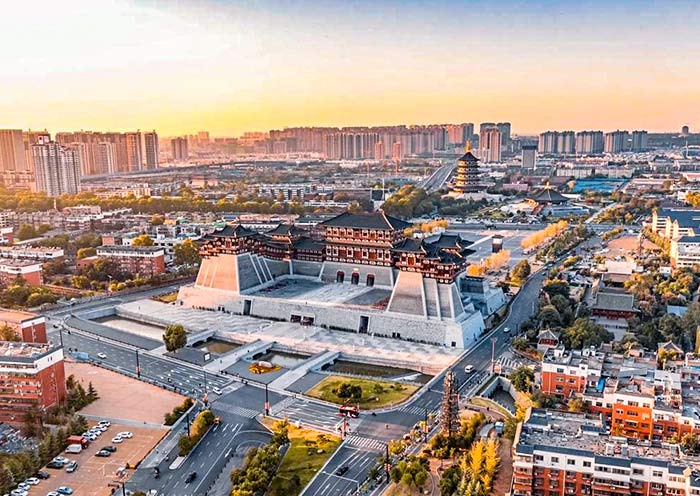This morning, your local guide will meet you at the appointed location in Luoyang (hotel, railway station, or airport; tell us in advance).
Luoyang (洛阳), located in the western part of Henan Province, east of Xi'an, is one of China's Four Ancient Capitals. It served as the Capital for 13 Dynasties and marked the eastern starting point of the Ancient Silk Road. During the Tang Dynasty (618–907 AD), Luoyang flourished as the Eastern Capital, rivaling the Western Capital, Chang'an (modern-day Xi'an). In 684, under the reign of Wu Zetian (武则天), China’s first female emperor, Luoyang became the official capital and earned the title "Divine Capital". The highlight of Luoyang is the Longmen Grottoes, heavily influenced by Wu Zetian’s era. Luoyang is also known as the "City of Peonies", and if you visit in spring, you can admire its beautiful peony gardens and parks.
Then, our experienced guide will lead you to the Longmen Grottoes (龙门石窟), located south of Luoyang city. Recognized as the most outstanding of China's Four Great Grottoes, Longmen Grottoes house the largest and most remarkable collection of Chinese art from the late Northern Wei and Tang Dynasties (316–907). This UNESCO World Heritage Site, inscribed in 2000, consists of over 2,300 caves and niches carved into steep limestone cliffs spanning a 1 km stretch. Inside, you will discover nearly 110,000 Buddhist stone statues, over 60 stupas, and 2,800 inscriptions carved on steles. These masterpieces, entirely dedicated to Buddhism, represent the pinnacle of Chinese stone carving.
Longmen Grottoes is divided into the Western Hill Grottoes and the Eastern Hill Grottoes, with the Western Hill being the highlight. The most iconic grotto is the Fengxian Temple (奉先寺), dominated by the colossal Vairocana Buddha at its center (17.14 meters tall). This statue, believed to represent Empress Wu Zetian, exudes elegance with its serene smile, earning it the title of the "Eastern Mona Lisa". Flanking the Buddha are four pairs of figures: disciples, Bodhisattvas, heavenly kings, and warriors. You will also explore Wanfo Cave (万佛洞), named for its 15,000 small Buddha statues intricately carved into its walls, with the smallest being only 2 cm tall. This cave, completed in 680 AD during the Tang Dynasty, is the most complete in terms of statue combinations. Don’t miss the Three Bingyang Caves (宾阳三洞), excavated during the Northern Wei Dynasty and commissioned by Emperor Xiaowen to honor his father. Another highlight is Yaofangdong Cave (药方洞), which features 140 inscriptions detailing treatments for various diseases. Finally, visit Guyang Cave (古阳洞) for an awe-inspiring experience.
Recommended Visiting Route for Longmen Grottoes:
North Gate → Yu Wang Pool → Qianxi Temple → Three Binyang Caves → Cliffside Three Buddhas Niche → Wanfo Cave → Lianhua Cave → Fengxian Temple → Guyang Cave → Yaofang Cave → South Gate. Exploring the highlights of the Western Hill Grottoes takes 2–3 hours. If time permits, visit the Eastern Grottoes across the Yi River.
After that, be transferred to Luoyang Old Town, centered around the iconic Lijing Gate (丽景门). Known for its rich history, the area is famously described by the phrase “Luoyang's peonies are unparalleled, and Lijing Gate is unmatched in the world”. The Old Town is a lively hub, filled with historic residential buildings, bustling food streets, and charming shops. It offers a vibrant glimpse into the grandeur of ancient Luoyang. Stroll through the streets to savor local snacks or shop for unique souvenirs at your leisure. Adding to the ambiance, you’ll encounter young people dressed in traditional costumes, making it feel as though you’ve stepped back in time to ancient China.
After the tour, be escorted to your hotel in Luoyang.
